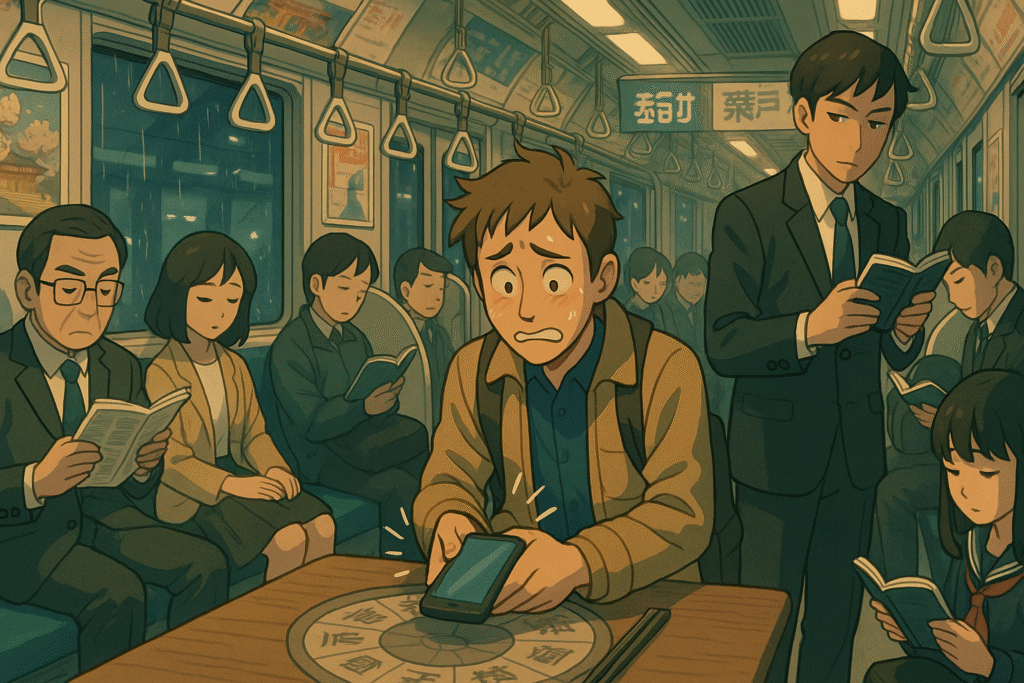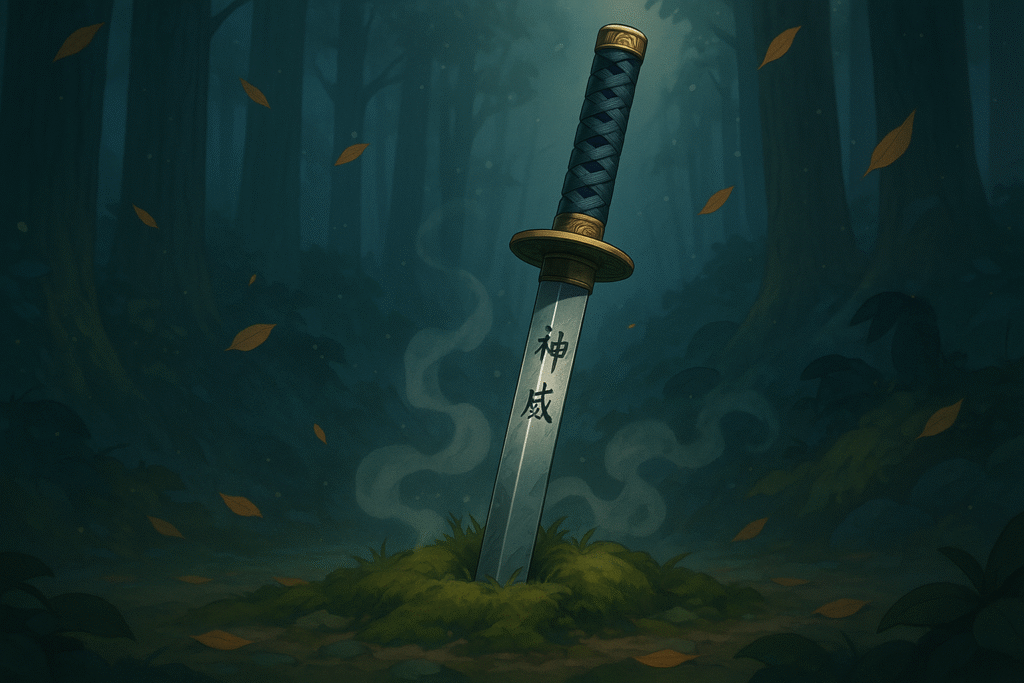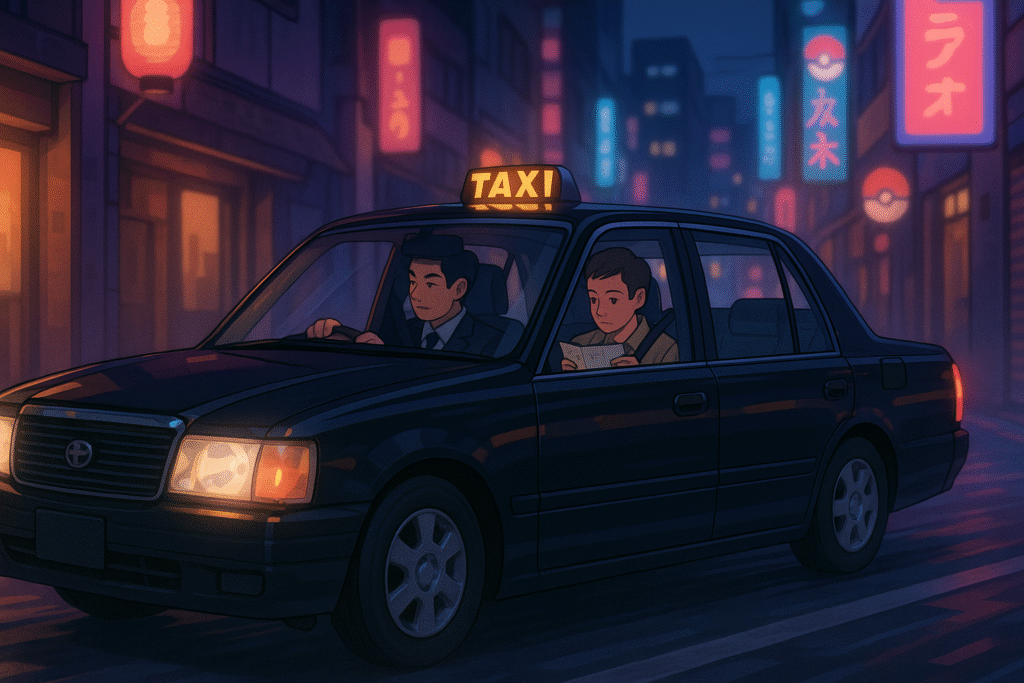Have you ever wondered how the Japanese honor their deceased loved ones? Japanese funerals blend ancient Buddhist practices with modern innovations, creating meaningful ceremonies that reflect Japan’s unique relationship with death and remembrance.
The Sacred Journey: Understanding Japanese Funerals
In a country where tradition meets modernity at every turn, Japanese funerals (お葬式 – osōshiki) stand as powerful expressions of cultural identity and spiritual belief. While Japan embraces diverse religious practices in daily life—from Shintō shrine visits to Christian-style weddings—when it comes to saying goodbye to loved ones, Buddhism takes center stage in an overwhelming majority of ceremonies.
As Japan’s population continues to age, understanding these end-of-life rituals becomes increasingly important, both for cultural appreciation and practical knowledge. Whether you’re attending a Japanese funeral, researching cultural practices, or simply curious about how different cultures honor their dead, this guide will walk you through everything you need to know about Japanese funerals.
The Buddhist Foundation of Japanese Funerals
While Japan’s religious landscape is diverse, funerals remain predominantly Buddhist affairs. Recent surveys indicate that over 90% of Japanese funerals follow Buddhist traditions, with Shintō ceremonies accounting for only about 3.4% and secular services just 2.4%.
This preference for Buddhist funerals persists even as many Japanese maintain a casual relationship with religious institutions throughout their lives. Some Japanese humorously refer to this phenomenon as “funeral Buddhism” (葬式仏教 – sōshiki bukkyō), where people primarily engage with Buddhist temples and priests for end-of-life rituals rather than regular worship.
Why Buddhism Dominates Japanese Funeral Practices
Buddhism’s focus on impermanence, rebirth, and peaceful transitions makes it particularly well-suited for funeral rites. The religion entered Japan in the 6th century and gradually became intertwined with end-of-life customs, offering structured rituals and spiritual comfort when facing mortality.
Additionally, Buddhism in Japan developed elaborate memorial practices to honor ancestors, creating a framework for remembering the deceased through regular services on important death anniversaries (法要 – hōyō).
Traditional Japanese Funeral Process
A traditional Japanese funeral unfolds through several distinct stages, each with its own customs and significance:
Preparation After Death
When someone passes away, their body is carefully washed and dressed, typically in white. The deceased is positioned with their head pointing north (北枕 – kitamakura), a custom derived from Buddhist beliefs about the direction to paradise. Family members may place flowers, incense, and favorite items around the body.
The Wake (通夜 – Tsuya)
The evening before the funeral, friends and family gather for a wake. During this time:
- A Buddhist priest chants sutras (経 – kyō)
- Attendees share memories of the deceased
- The body is placed in a wooden coffin (棺 – hitsugi)
- Guests offer condolences and monetary gifts called kōden (香典)
The wake provides a time for collective grieving and remembrance, often lasting late into the night with food and drinks served for those in attendance.
The Funeral Service (葬儀 – Sōgi)
The main funeral service occurs the day after the wake. Family members wear formal black mourning attire (喪服 – mofuku), with men in black suits and women in black dresses. Close relatives may carry Buddhist prayer beads (数珠 – juzu).
During the service:
- The priest performs additional sutra chanting
- Family members and guests approach the altar to offer incense (焼香 – shōkō)
- Eulogies may be delivered
- Final farewells are said to the deceased, now referred to as hotokesama (仏様), indicating their transition to becoming a Buddha
Cremation (火葬 – Kasō)
Unlike many Western traditions, cremation is virtually universal in Japan, with government statistics showing that 99% of Japanese funerals include cremation. After the funeral service:
- The body is transported to a crematorium
- Family members wait in a designated room during the cremation process
- After cremation, family uses special chopsticks (骨箸 – kotsubashi) to transfer bone fragments to an urn
- This bone-picking ceremony (拾骨 – shūkotsu) is unique to Japanese culture, with family members working in pairs to move the bones
The filled urn (骨壷 – kotsutsubo) is then typically placed in a family grave or temple columbarium.
Important Funeral Customs to Know
Incense Offering (焼香 – Shōkō)
One of the most essential ritual elements of a Japanese funeral is the burning of incense. When attending a Japanese funeral, you’ll be expected to:
- Take a small pinch of powdered incense (makkō) with your thumb, index, and middle fingers
- Raise it to forehead height with your palm facing inward
- Bow slightly
- Sprinkle the incense into the burner (kōro)
Depending on the Buddhist sect, this may be done once or repeated three times. This ritual purifies the space and honors the deceased.
Monetary Offerings (香典 – Kōden)
Instead of flowers, Japanese funeral attendees bring monetary offerings called kōden (literally “incense money”). These condolence gifts:
- Range from ¥5,000 to ¥10,000 (or more, depending on relationship)
- Are placed in special funeral envelopes called kōdenbukuro
- Help offset the high costs of Japanese funerals, which average around ¥2 million
When offering kōden, the envelope should be handed over with both hands and a slight bow as a sign of respect.
Want to explore Japan’s culture?
Discover Japan’s rich culture, traditions, and hidden gems with our expertly crafted guides. Get insider tips on travel, food, and history. All for free!
Modern Changes in Japanese Funeral Practices
Just as we explored in our article about the leading cause of death in Japan, societal changes are reshaping funeral practices throughout the country. With Japan’s aging population and shifting family structures, traditional elaborate funerals are giving way to simpler, more personalized alternatives.
Emerging Funeral Trends
Modern Japanese families are increasingly choosing:
- Smaller, intimate services with fewer guests and simpler rituals
- Direct cremation (chokusō) without a formal funeral service
- Natural burials where ashes are scattered in mountains or at sea
- Tree burials (jumokusō) where remains are placed at the base of a tree
- Musical funerals featuring the deceased’s favorite songs or live performances
These changes reflect both economic considerations and evolving views about death and remembrance. Just as traditions like the Japanese snack bar culture have adapted to modern times, funeral practices too are finding new expressions while maintaining their core purpose.
Environmental and Space Considerations
With limited burial space in Japan’s densely populated urban areas, creative alternatives are emerging:
- High-tech columbaria where urns are stored and retrieved using automated systems
- Multi-story cemetery buildings that maximize limited urban space
- Shared family graves where extended relatives can be interred together
- Virtual memorial spaces for online remembrance
Planning and Attending a Japanese Funeral
What to Wear
Funeral attire in Japan is strictly formal and conservative:
- Men should wear a black suit, white shirt, and black tie
- Women should wear a plain black dress or suit with minimal jewelry
- Avoid bright colors or flashy accessories
- Consider bringing a Buddhist rosary (juzu) if you have one
Funeral Etiquette
If attending a Japanese funeral:
- Arrive on time or slightly early
- Bring a kōden offering in the appropriate envelope
- Sign the guest book upon arrival
- Follow others’ lead for rituals like incense offering
- Express condolences briefly and respectfully to the family
- If uncertain about any customs, observe others first
Learning More About Japanese Culture
If you’re fascinated by Japanese funeral traditions and want to deepen your understanding of Japanese culture and language, consider exploring our Learn Japanese page where you can access free guides to help you on your journey. Understanding cultural practices like funerals, the significance of Doraemon’s birthday to Japanese pop culture, or the evolution of Japanese college uniforms all contribute to a richer appreciation of this fascinating country.
Q&A: Common Questions About Japanese Funerals
Are Japanese funerals always Buddhist?
No, but about 90% of Japanese funerals follow Buddhist traditions. Some Japanese opt for Shintō, Christian, or non-religious ceremonies, though these remain in the minority.
How much does a typical Japanese funeral cost?
A traditional Japanese funeral costs approximately ¥2 million (around $18,000 USD), making it one of the most significant life event expenses for Japanese families.
Do Japanese people get buried or cremated?
Cremation is practiced in 99% of Japanese funerals, making it nearly universal across the country.
What gift should I bring to a Japanese funeral?
The appropriate gift for a Japanese funeral is a monetary offering called kōden, presented in a special black and white envelope available at convenience stores and stationery shops.
How long do Japanese funerals last?
A traditional Japanese funeral process spans about three days, including the wake (evening before), the funeral service (following day), and the cremation ceremony.
Can foreigners attend Japanese funerals?
Yes, foreigners can attend Japanese funerals. However, it’s important to understand and respect the customs and etiquette, particularly regarding appropriate attire and participation in rituals.
Honoring Life Through Meaningful Farewells
Japanese funerals offer a window into how culture, religion, and changing social values shape our final farewells. Through their blend of ancient Buddhist traditions and modern innovations, these ceremonies remind us that honoring the dead is fundamentally about bringing comfort to the living and maintaining connections across generations.
Whether preserving time-honored rituals or embracing new memorial practices, Japanese funerals continue to evolve while fulfilling their essential purpose: creating meaningful spaces for remembrance, grief, and the celebration of lives well-lived.
Have you experienced a Japanese funeral or have questions about these traditions? Share your thoughts in the comments below.
Love Japan? Stay in the Loop!
Get the best of Japan straight to your inbox: language, culture & travel insights!




